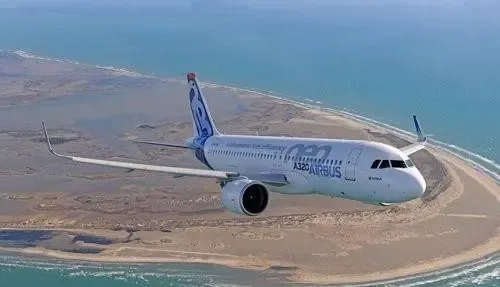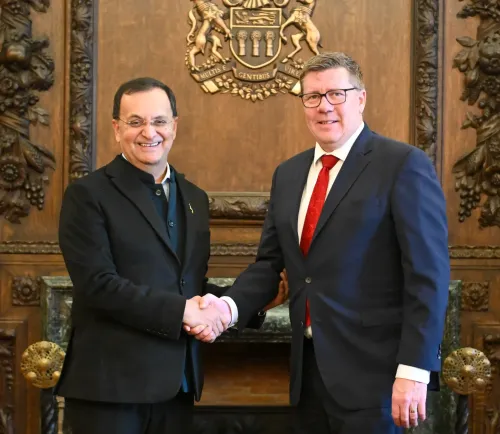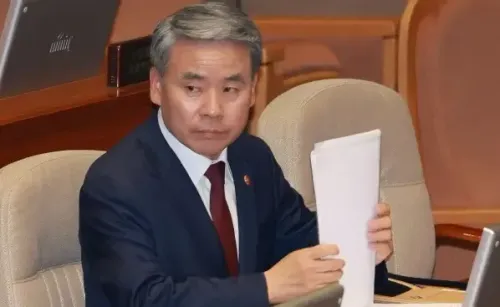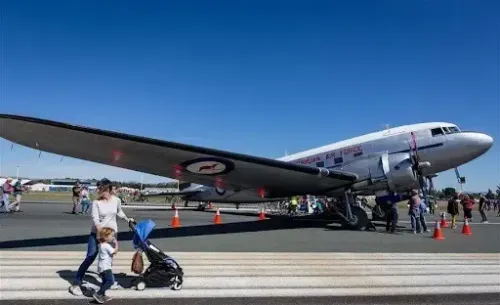What Led to the Kurdish-Led Forces' Recent Attacks in Syria?
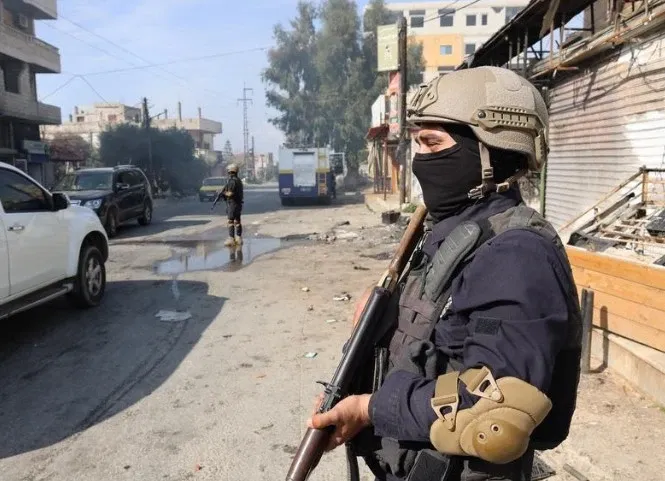
Synopsis
Key Takeaways
- Kurdish-led SDF launched attacks in northern Syria.
- At least seven people injured, including soldiers and civilians.
- The Syrian government calls the attacks 'irresponsible.'
- Efforts for unity between Kurdish and Syrian authorities continue.
- Reasons for the escalation remain unclear.
Damascus, Aug 3 (NationPress) The Kurdish-led Syrian Democratic Forces (SDF) initiated a series of rocket and artillery assaults in northern Syria, resulting in injuries to at least seven individuals, among them four Syrian soldiers and three civilians, as reported by state media citing the Syrian Ministry of Defence.
The strikes targeted a village near Manbij in the northern Aleppo province, employing multiple rocket launchers and artillery shells that were deemed "irresponsible and unfounded" by the ministry.
This barrage caused significant damage to civilian homes and triggered a rapid military response from Syrian army units in the vicinity, according to reports.
The defence ministry noted that Syrian forces successfully thwarted an infiltration attempt by SDF fighters close to one of its military posts located west of Manbij, as reported by Xinhua, referencing the Syrian Arab News Agency (SANA).
In retaliation, Syrian forces executed "precise strikes" targeting SDF artillery positions, including a rocket launcher and field cannon identified in eastern Aleppo.
This escalation comes despite recent collaborative efforts between Damascus and Kurdish authorities aimed at establishing a unified approach to national and security matters.
The motives behind this sudden escalation remain ambiguous.
In March, the Syrian interim government and the SDF reached an agreement to merge all civil and military entities in the Kurdish-controlled region under state institutions, according to SANA.
Last month, the Syrian interim government reaffirmed its opposition to any form of partition following a meeting between Syrian leader Ahmed al-Sharaa and Mazloum Abdi, the top commander of the Kurdish-led SDF, in Damascus.
A government source stated via al-Ikhbaria TV that the administration supports the integration of SDF fighters into the national army within legal frameworks, emphasizing the need to restore state institutions in northeastern Syria to eliminate the administrative vacuum and guarantee essential public services.
Abdi and al-Sharaa reached an agreement for integration in March, backed by the U.S., but its execution has been delayed due to disagreements between the parties.
Warning against further delays in implementing the agreement, the statement asserted that "betting on separatist projects or foreign agendas is a losing wager" and called for a return to a unified national identity.
It reiterated that Kurds are an integral part of Syria's social fabric and that the rights of all Syrians must be safeguarded within the state structure.

